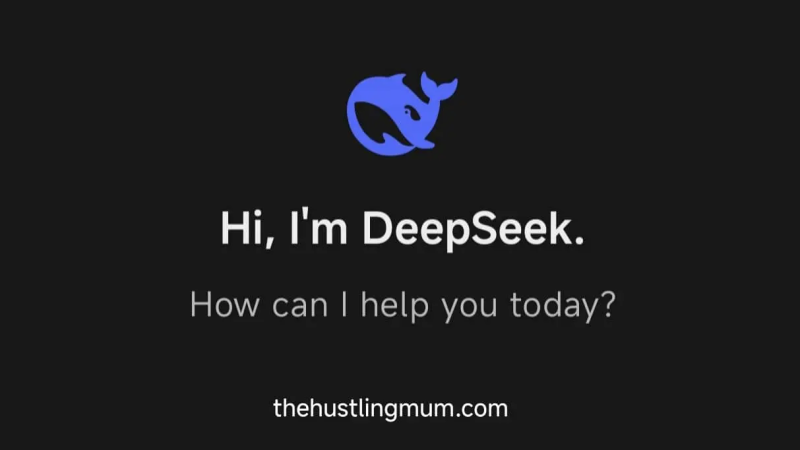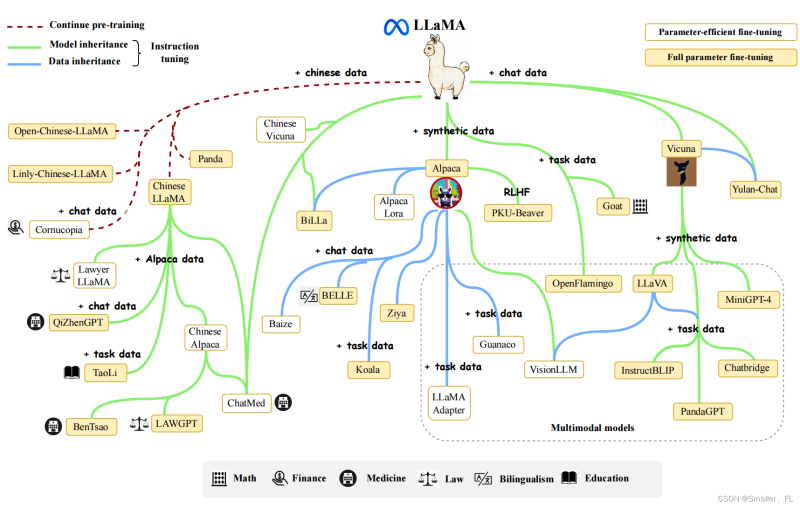In the ever – evolving world of finance, Artificial Intelligence (AI) has emerged as a game – changer. It’s transforming the way financial services are delivered and consumed, with three key areas standing out – robo – advising, risk management, and fraud detection.
AI – powered robo – advising is revolutionizing the investment landscape. These digital platforms use sophisticated algorithms to analyze an investor’s financial goals, risk tolerance, and time horizon. For example, platforms like Betterment and Wealthfront have gained popularity. They can automatically allocate assets, rebalance portfolios, and provide tax – loss harvesting services. The advantages are numerous. Investors can access professional – level investment strategies at a fraction of the cost of traditional human advisors. Moreover, the accessibility is unparalleled as anyone with an internet connection can get started with a small amount of money. The personalized investment plans generated by AI take into account individual circumstances, making investment more democratic.
When it comes to risk management, AI is proving to be a powerful tool. Traditional methods often relied on historical data and simple statistical models. However, AI can process massive amounts of real – time data from various sources, including market trends, economic indicators, and company financials. JPMorgan Chase, for instance, has implemented AI – based risk management systems that can predict potential market risks more accurately. AI models can identify complex patterns and relationships in the data that human analysts might miss. This enables financial institutions to proactively manage risks, such as credit risks by assessing the creditworthiness of borrowers more precisely and market risks by adjusting investment positions in a timely manner.

Fraud detection is another crucial area where AI is making a significant impact. Financial frauds are becoming more sophisticated, and traditional rule – based detection systems are struggling to keep up. AI, on the other hand, can analyze transaction data, user behavior, and other relevant information to detect anomalies. Mastercard, for example, uses AI algorithms to monitor transactions in real – time and flag suspicious activities. Machine learning models can learn from past fraud patterns and adapt to new emerging fraud techniques. This not only helps in preventing financial losses but also protects the reputation of financial institutions.
However, the implementation of AI in finance is not without challenges. Data privacy is a major concern as financial institutions deal with sensitive customer information. Regulatory issues also need to be addressed to ensure that AI – based systems comply with the existing financial regulations. Additionally, the lack of explainability in some AI models raises questions about their reliability and trustworthiness.
In the future, we can expect AI in finance to become even more advanced. We may see more integration of AI with other technologies like blockchain for enhanced security and transparency. The development of explainable AI will also be a key focus to gain the trust of both financial institutions and customers.
6 Hot Questions and Answers:
- Will AI completely replace human financial advisors in the future?
- No, while AI can handle many routine tasks, human advisors will still be needed for complex financial planning, emotional support, and building long – term relationships with clients.
- How accurate are AI – based risk predictions?
- The accuracy depends on the quality and quantity of data used to train the AI models. With proper data and model optimization, AI can provide highly accurate risk predictions, but it’s not foolproof.
- Can small financial institutions afford to implement AI – driven fraud detection systems?
- There are now many affordable AI – as – a – service solutions available in the market. Small institutions can start with these cost – effective options to enhance their fraud detection capabilities.
- What are the main data sources used by AI in robo – advising?
- The main data sources include customer – provided financial information, market data from stock exchanges, and economic data from various research institutions.
- How does AI handle sudden market crashes in risk management?
- AI models can be designed to monitor market volatility in real – time and adjust risk – management strategies accordingly, such as increasing cash reserves or hedging positions.
- Is it easy to integrate AI into existing financial systems?
- It depends on the complexity of the existing systems. In some cases, it may require significant system upgrades and integration efforts, but with the help of experienced IT professionals and AI vendors, it’s achievable.
References:
- “AI in Finance: The Future of Investing and Risk Management.” Investopedia, 2024, https://www.investopedia.com/articles/ai-finance/1000000.asp
- “The Impact of Artificial Intelligence on Fraud Detection in the Financial Industry.” Journal of Financial Crime, vol. 30, no. 2, 2023, pp. 120 – 135. Emerald Insight, https://www.emerald.com/insight/content/10.1108/JFC-01-2023-0034
- “Robo – Advisors and the Transformation of Wealth Management.” McKinsey & Company, 2022, <https://www.mckinsey.com/industries/financial – services/our – insights/robo – advisors – and – the – transformation – of – wealth – management>





